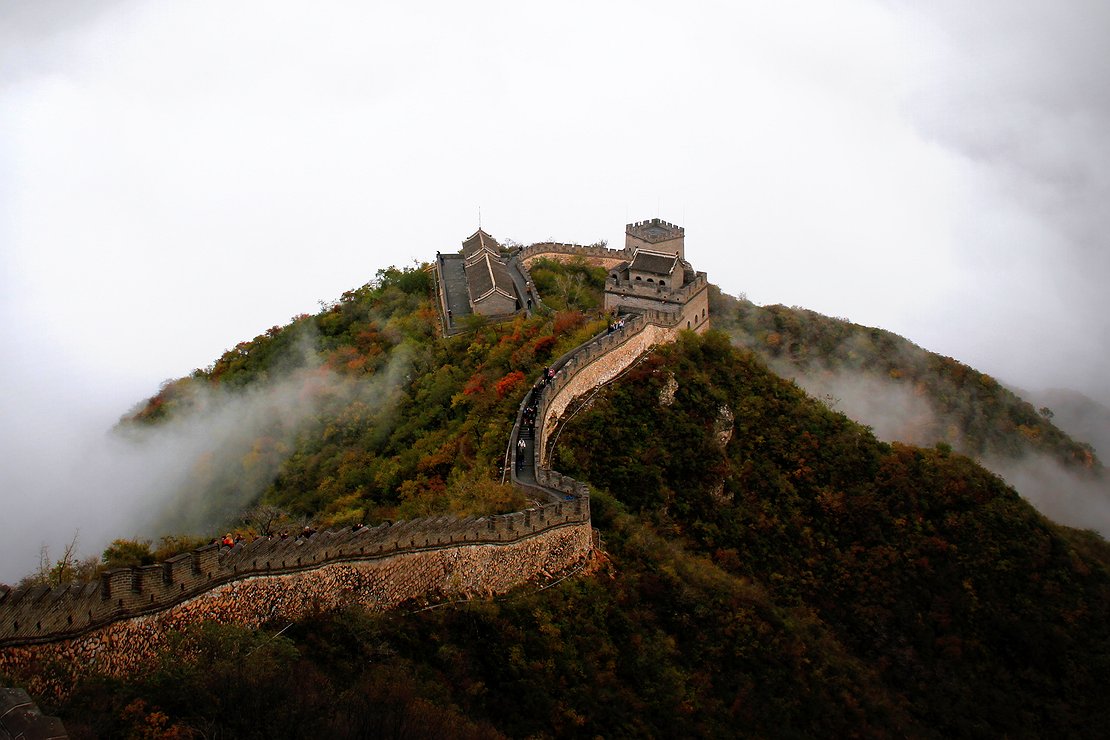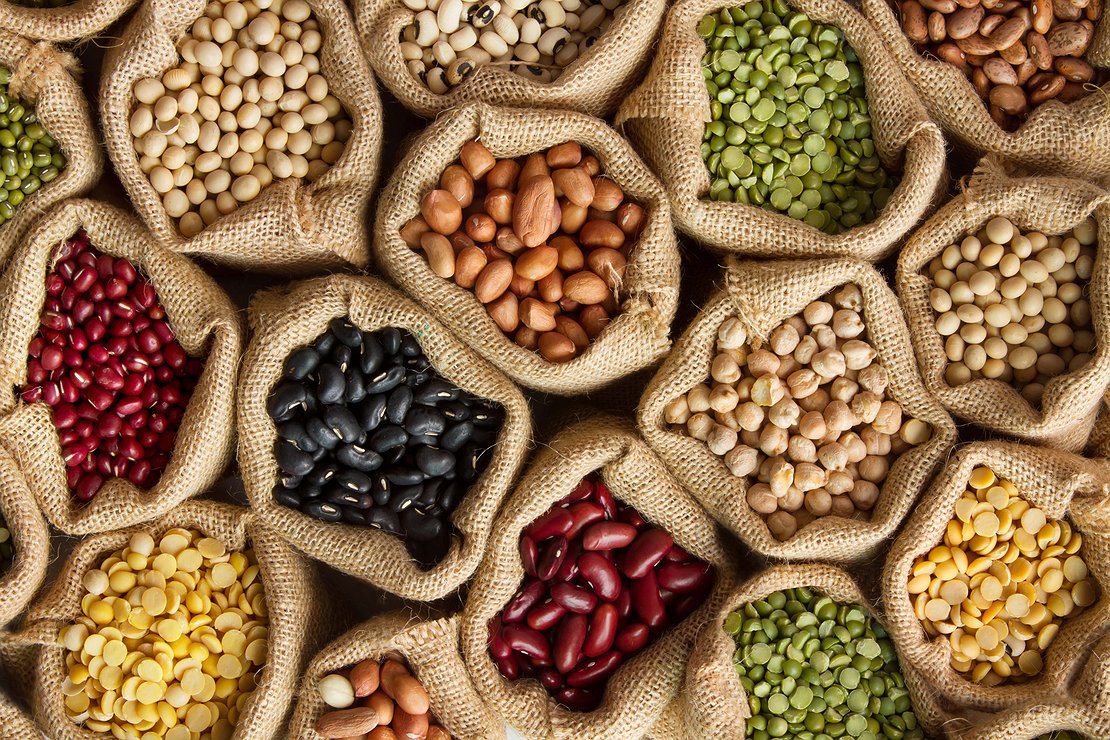
Spiritual-cultural background of the new east-west conflict:Millions of Russians Go On a Pilgrimage to St. Nicholas
It’s 2017, a hundred years after the October Revolution. Tens of thousands of the faithful patiently queue up every day for hours in front of the Alexander Nevsky Monastery near St. Petersburg. This will continue day in, day out until July 28th, when the relic of St. Nicholas leaves Russian soil for Italy. The bones are on loan from the Roman Catholic basilica in Bari, southern Italy. The Russian Orthodox patriarch Cyril I had made the request to Pope Francis in February 2016 at their historic meeting in Cuba, the first such meeting after the church split 1,000 years ago. Nicholas, 4th century bishop of Myra in what is now Turkey, is one of the most revered saints of Christianity in both the West and East.
On May 21, 2017, the relic arrived in Russia, was solemnly received and then first exhibited for seven weeks in the Cathedral of Christ the Saviour in Moscow. There believers had waited in line for up to eleven hours each day to be allowed to pray with the relic for a short moment directly at the shrine. Two million in Moscow alone. If one adds on the expected visitors in St. Petersburg, within a good two months in the end about three and a half million Russians made a pilgrimage to St. Nicholas, often traveling long distances from all parts of the large country. They will all have persevered and waited in line for many hours.
When the relic arrived in Moscow, all the church bells of the Russian capital rang out as a sign of great joy. In a spectacular procession it was taken to the Cathedral of Christ the Saviour, where Patriarch Cyril celebrated the Holy Liturgy. Vladimir Putin had visited and venerated the relic on the evening of its arrival in the main Russian Orthodox church. The Catholic Internet magazine Katholisches.info reported: “Every day people patiently stand in miles-long queues in front of the cathedral before entering. It often takes eight to nine hours before they can stand in front of the relic and pause for just a few seconds. That's enough to touch or kiss the shrine. One prays in the heart on the way, as the Russians say. Since May, all Moscow subway lines have been providing information about visiting the relic of St. Nicholas in order to guide the flow of pilgrims.”
The Cathedral of Christ the Saviour was blown up by the Communists in 1931 and turned into a swimming pool, but after the end of the Soviet dictatorship it was rebuilt true to the original and re-dedicated in 2000. Deutsche Welle comments: “For decades suppressed by the state, the Orthodox Church experienced a rebirth after the collapse of the Soviet Union. Since 1991, it has continuously expanded its influence on society. Thus, the proportion of Russians who describe themselves as Orthodox rose from 37 percent at the beginning of the 1990s to 71 percent today. According to surveys, the church enjoys more trust than, for example, parliament or the judiciary. New churches are being built again. In 2011, Moscow Mayor Sergei Sobyanin approved the construction of 200 churches in one go.”
The book written by the head of the Foreign Office of the Russian Orthodox Church, Metropolitan Hilarion of Volokolamsk, entitled ‘The Future of Tradition,’ is marketed by the (German) Manuscriptum publishing house with a comparison and other impressive figures: “Some believe that the border between good and evil lies between Europe and Russia, between the secular ‘progress’ of the West and the Christian ‘reaction’ of the East. In fact, since the fall of communism, 26,000 churches have been newly built or reopened in Russia – three churches a day. While Europe is increasingly breaking with its Christian heritage, Christianity is experiencing a renaissance in Russia.” Even the secluded monastic world is flourishing there –last year Patriarch Cyril I visited the monastery island of Walaam with its completely restored monastery in Lake Ladoga, which served as a shooting range during the Communist rule of the Red Army. Walaam’s impressive atmosphere has recently been captured by an Arte film team with wonderful images and sounds, Youtube link below.
Meanwhile, the masses are turning their backs on the German state churches. The proportion of believers here fell from 72.3 to 55.2 percent during the period in which it rose so sharply in Russia. Hundreds of churches are closed and sold due to a lack of visitors. To put it mildly, it is inconceivable that millions of Germans would stand in line for hours to pray in front of a holy relic.
In his epic book ‘The Socialist Phenomenon,’ Russian mathematician and philosopher Igor Shafarevich worked out the essence of socialism, which is always aimed at the annihilation of religion, private property, tradition and family, and that this fourfold annihilation is interdependent. In the West – especially in Germany – all four pillars of civilization have been under constant fire for years. The millions are more likely to make a pilgrimage to the soccer fan mile than to St. Nicholas.
However, in Eastern Europe – not only in Russia, but also in Catholic Poland, for example, in Hungary, Bulgaria and Slovakia, there are similar tendencies – the cultural development is just as drastic, but radically different. While in the Moscow metro the bones of St. Nicholas are advertised, in the subways of western cities it’s the next Madonna concert. That’s not the Mother of God, but the 59-year-old pop ‘icon’ who personally offered every voter of her sister in spirit Hillary Clinton a blowjob as a reward.
The great German libertarian author Roland Baader never tired of pointing out, throughout his life, the value of tradition, family and religion as the basis for freedom and property. It is no coincidence that capitalism arose from Christianity. And the millions who patiently persevere to visit a relic probably also nurture a deep respect for God’s Ten Commandments. You shall not steal, you shall not covet your neighbor’s wife, house and goods and so on: Religions serve among other things also to deeply internalize a sense of justice. Among true believers there is no need for a police state to ensure order. Conversely, among thieves, looters and pillagers like those in the ‘black block’ of regularly violent demonstrators, those who would bow to a relic are few and far between.
This is not the right place to discuss the religious aspect of this development in depth. Perhaps we might have to speak about a Russian Orthodox miracle prophesied by Fátima in the Portuguese Catholic apparition of the Virgin Mary, according to which Russia must convert in order to make peace possible.
Let us also for the moment forget geopolitics and yes, the state decision-makers in general. It is impossible to judge critically enough all those involved, whether in the East or the West, whereby the politicians of one's own country – and not their welcome targets for distraction abroad – are always the enemies of all net taxpayers. Let us look instead at the culturally opposed currents mentioned, which once again divide Eastern and Western Europe: Half a century ago, the then much freer western world defended not only private property, but also its Christian foundations against the atheistic-socialist destroyers from the empire of evil. And today?
Russian priests, thousands of whom were bestially murdered under Communist rule, need have no fear of the future. And in the West? The former Roman Catholic Archbishop of Chicago and President of the American Bishops' Conference, Francis George, once said in an interview: “I myself expect to die in bed. My successor will die in prison. And his successor will be publicly executed as a martyr.”
Well, perhaps Schafarevich and Baader were completely wrong in their analysis, and property and freedom are not based on religion, family and tradition. Perhaps those left-wing libertarian critics are right who dream of the great freedom that breaks out when not only state, but also religious, family and traditional ties have finally been completely overcome. In this case Western culture has been on a very good path for decades and the millions of visitors to an old relic in Russia would only be a sign of its continuing backwardness. In this case the new East-West conflict would certainly never result in intellectuals and, in the end, possibly even the masses, fleeing to the East as long as it’s still possible. Or that at some point critics like ‘Pussy Riot’ in Russia would only be told, pityingly: Why don’t you go to the other side?
Documentary: Walaam – Klang der russischen Orthodoxie
Translated from eigentümlich frei, where the original article was published on 20th July 2017.




